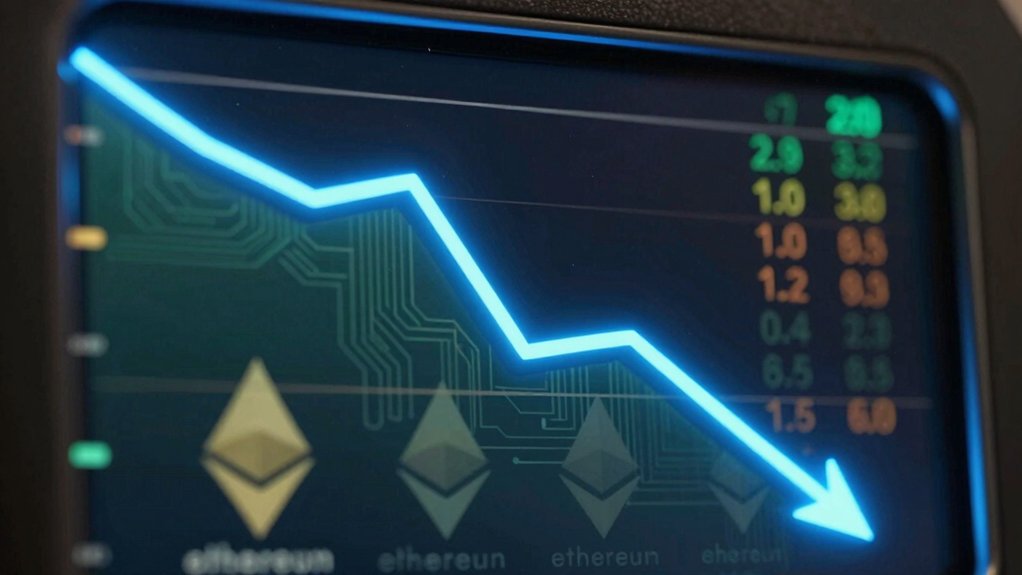The LILPEPE presale, launched with an ostentatious fanfare on June 10, 2025, dares to revive the meme coin frenzy by promising a technocratic facelift to the tired frog-themed trope, yet beneath its veneer of innovation—zero transaction tax, Layer 2 blockchain ambitions, and multi-stage pricing—lies a familiar gamble masked as disruptive potential, challenging investors to discern whether this is a genuine evolution or merely another viral echo chasing PEPE coin’s shadow without delivering substantive differentiation. With over 26.6 billion tokens allocated and an initial price of $0.0015 climbing to $0.0025 in the next phase, the presale aims to amass $12 million, having already secured nearly $7.9 million amid fervent community chatter on Telegram and X. However, the real test isn’t fundraising success but the project’s ability to transcend the meme coin archetype through meaningful utility and sustainability. LILPEPE is built on Ethereum standards to ensure compatibility and security, aiming to support fast, affordable transactions and secure activities within its ecosystem, a key step towards establishing itself beyond a mere meme token. compatibility and security Notably, it also integrates bot-resistant technology to promote fair access and prevent manipulation during token distribution. Its reliance on smart contracts reflects an industry-wide trend toward automating trust and transparency.
In its attempts to court legitimacy, LILPEPE leans heavily on NFT collaborations as a purported vector for engagement and value accrual, yet the murky waters of regulatory challenges hover ominously. The crypto landscape remains littered with projects whose NFT ventures faltered under scrutiny, and LILPEPE’s conspicuous silence on compliance strategies invites skepticism rather than trust. The zero-tax transaction model, while attractive for traders, raises questions about long-term ecosystem funding, especially amid ambitious plans for staking, dApps, and a proprietary EVM-compatible Layer 2 blockchain. Such lofty claims, juxtaposed with the inherent volatility of meme coins, suggest that LILPEPE’s architecture may be more smoke and mirrors than solid infrastructure.
Moreover, the staged pricing strategy and multi-payment options—from ETH and USDT to credit cards—underscore an aggressive push for accessibility, yet they also expose the project to intensified regulatory oversight. The crypto community’s enthusiasm, no matter how viral or reminiscent of PEPE’s explosive debut, cannot substitute for rigorous accountability and transparent governance—elements conspicuously absent in LILPEPE’s current narrative. In sum, while LILPEPE rides the meme wave with flair, its true innovation remains to be proven beyond the hype.









